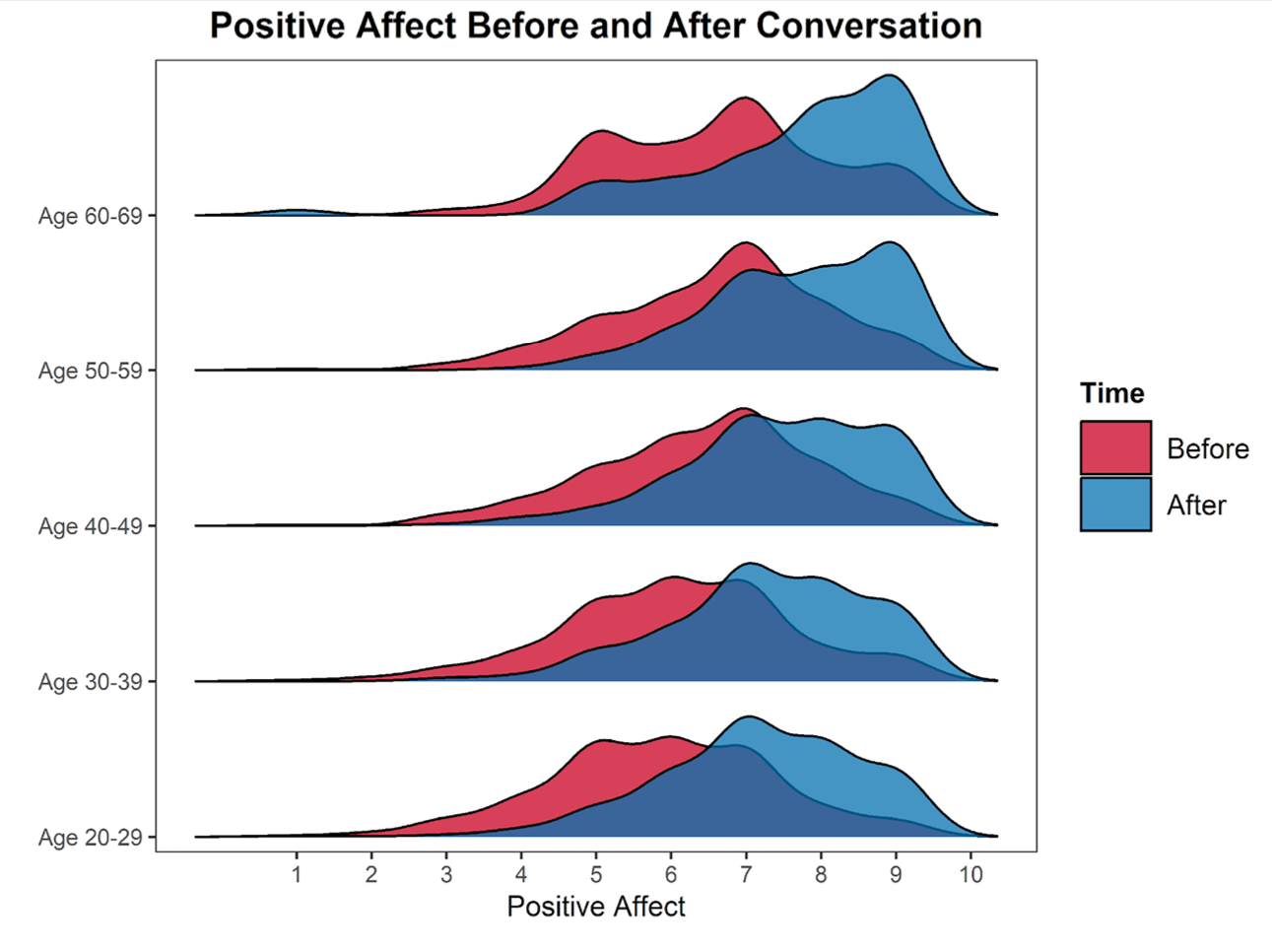Hello? Is there anybody in there? Just nod if you can hear me…
Conversation abounds in fundraising whether in-person or over the phone and everybody notes we should be active listeners and strive to make our conversations, well, conversational.
That feels thin. Social science has a better answer with implications for humans talking to humans but of equal import for AI bots that are rapidly evolving in ways we can’t begin to appreciate or fully comprehend. Suffice to say, the future’s here with AI agents already conducting over the phone, complex sales calls – i.e. not just for basic order fulfillment.
But back to our knowledge base on what makes for a successful call. For starters, conversations are positive.
I’ve come across many charities refusing to consider telefundraising or opposed to canvassing. These are subjective biases. As proof, research shows we humans consistently underrate the enjoyment a stranger gets from having a conversation with us. If I wrongly believe a stranger won’t enjoy a conversation with me then I’m doubly convinced and doubly wrong they won’t enjoy a conversation with someone else.
It’s true some TM and F2F shops will create guilt induced, pressurizing experiences. That’s an indictment on the shops, not the power of conversation.

The chart above shows mood before and after a conversation. It’s a big, positive shift in mood after conversations and age makes no difference. I imagine a direct mail letter or email or social post having a hard time consistently creating this level of positive mood shift.
But not all conversations are created equal. What are the features of a good vs. bad conversationalist?

The blue marks are good conversationalists and they talk,
- Slightly faster (about .1 word per second faster)
- With greater variation in their loudness
- With more intensity
- With more novelty to the conversation when warranted but staying on topic as needed too
- With more behavioral cues of head nodding and smiling
Kevin


